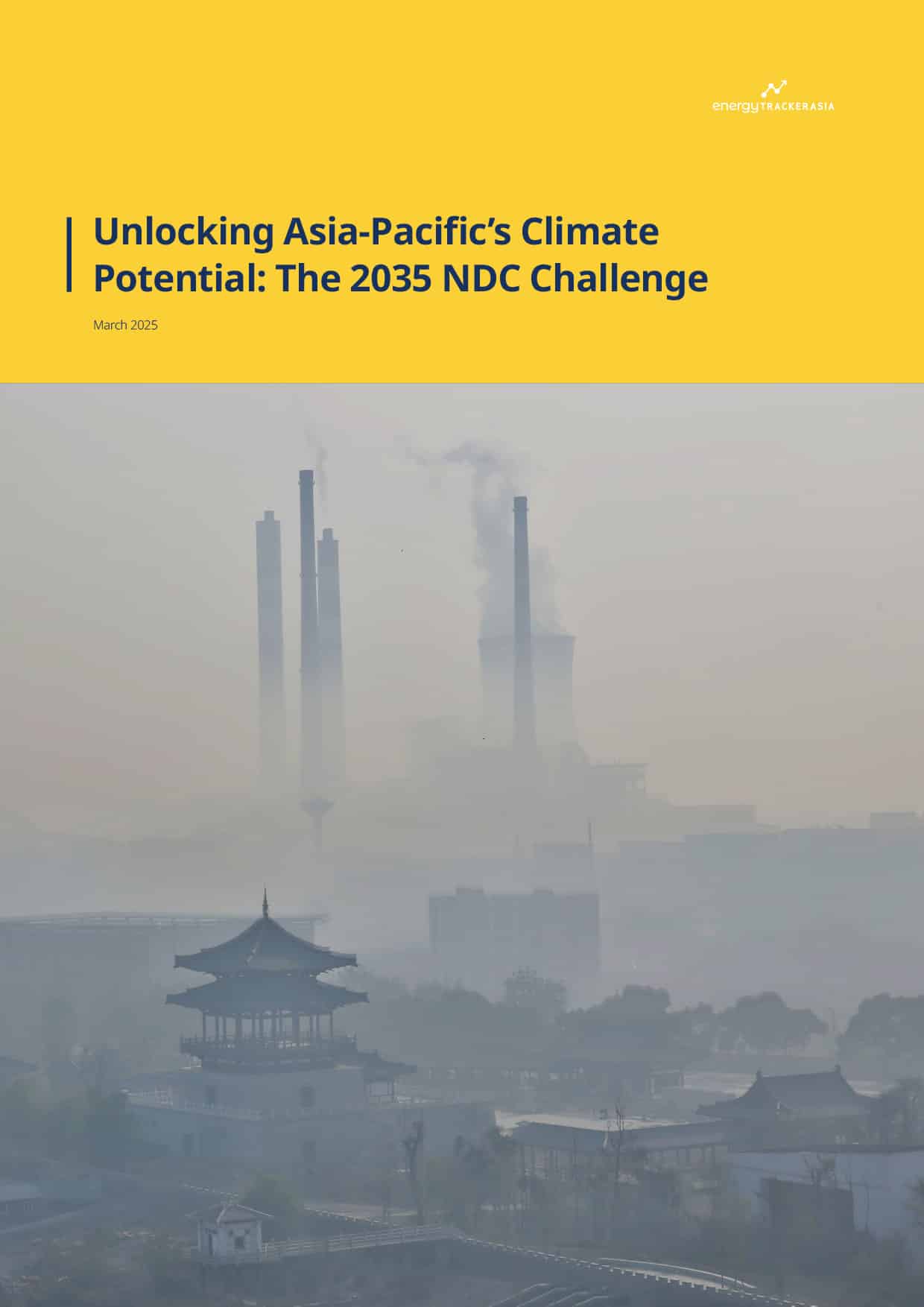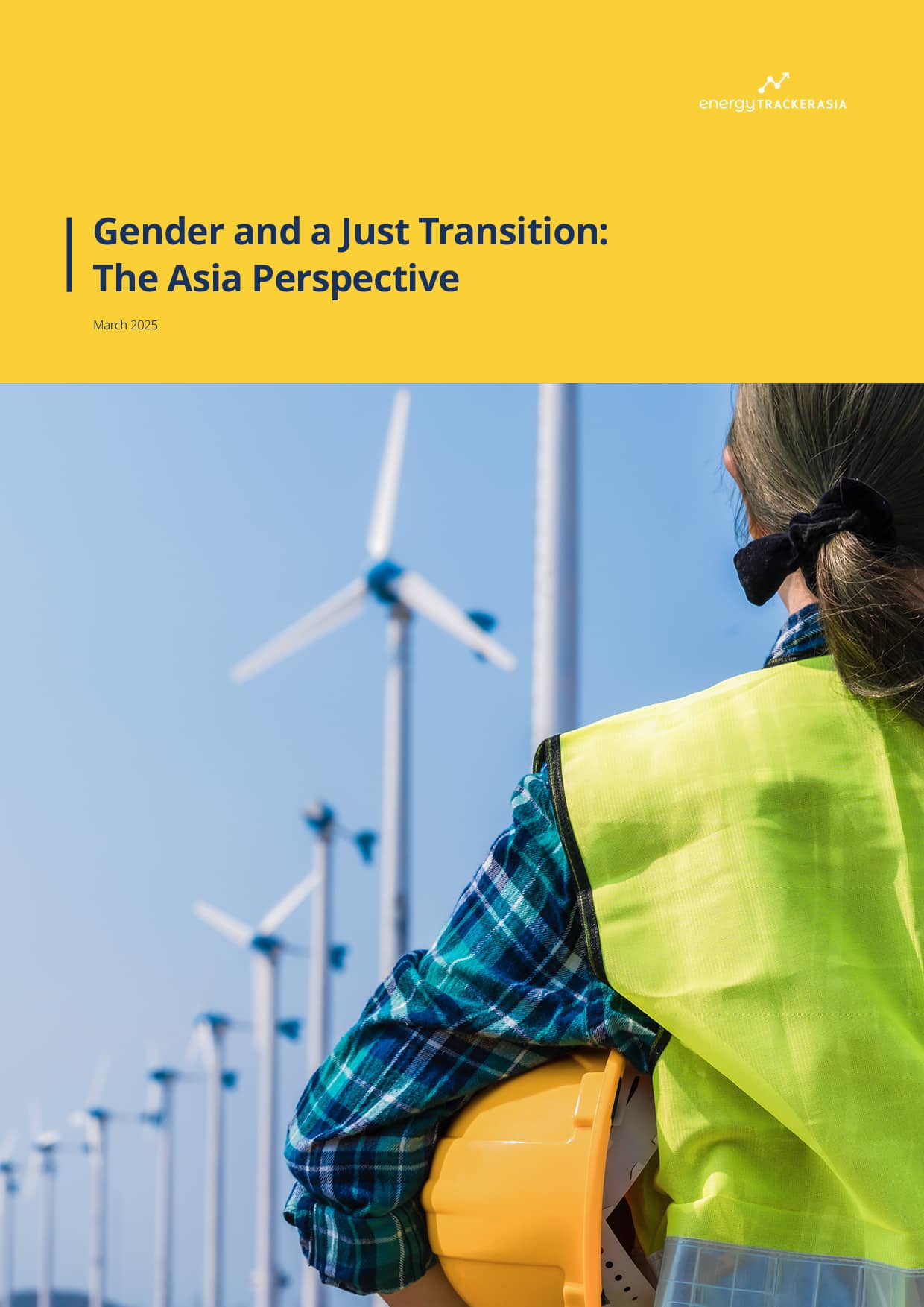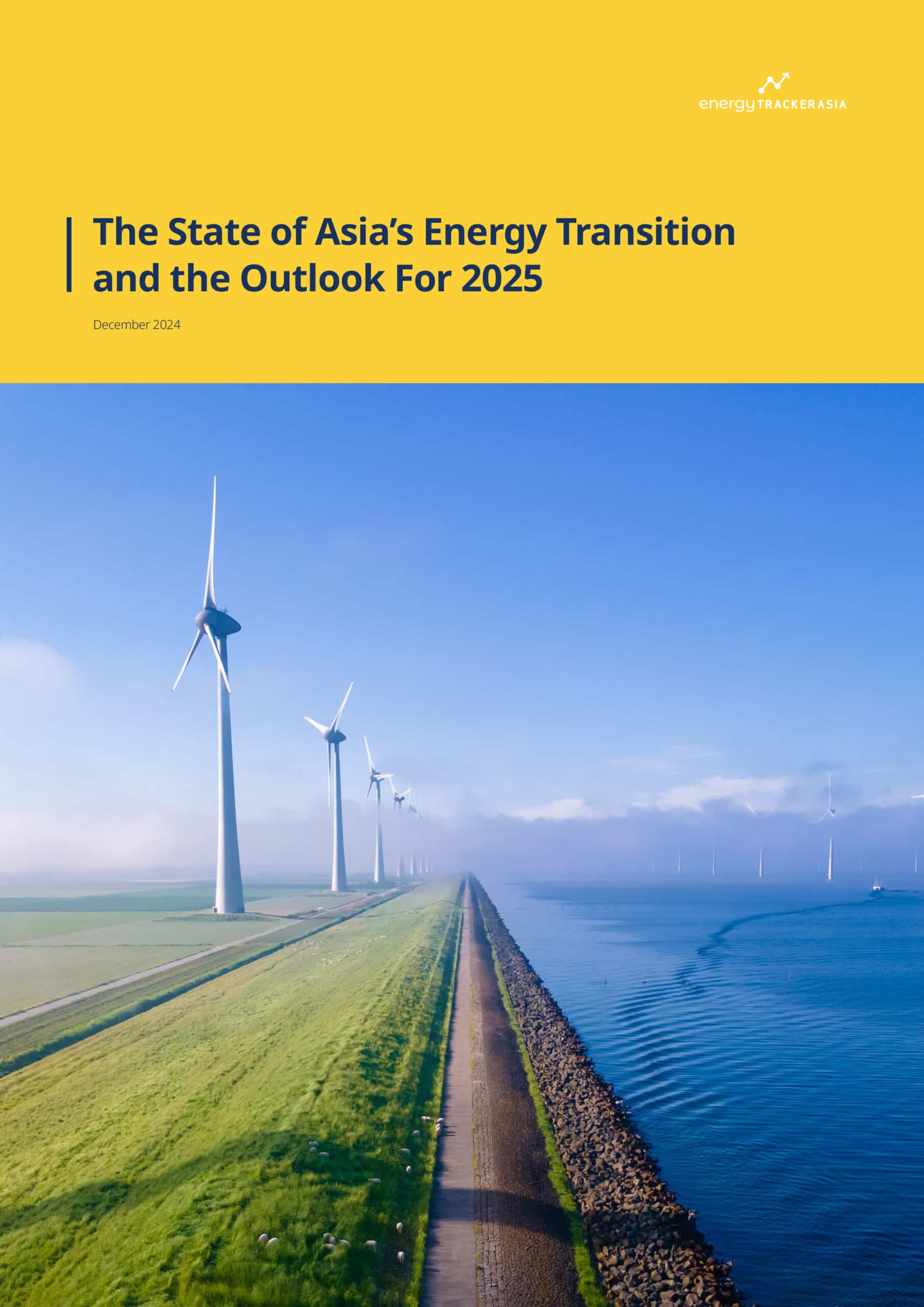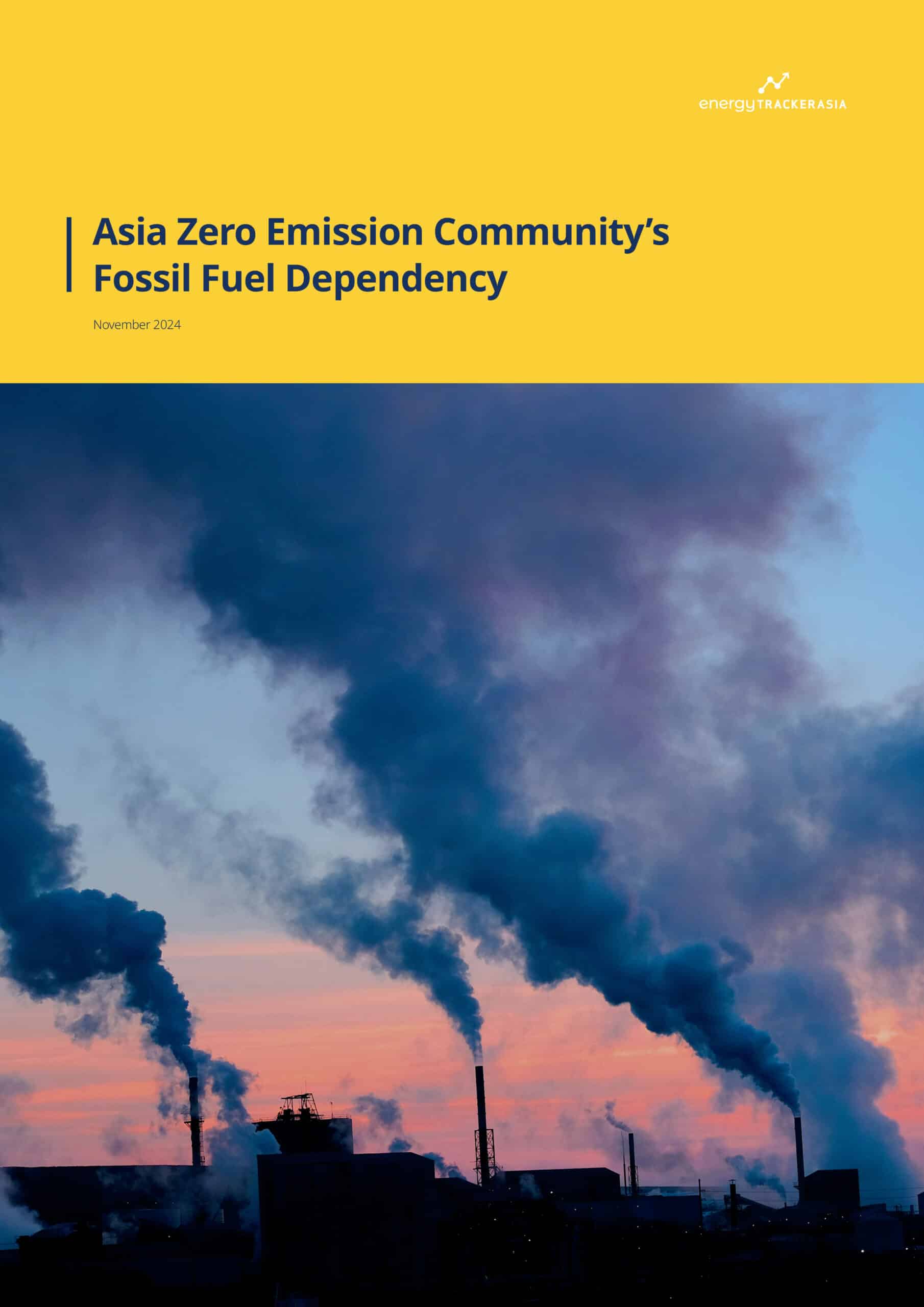Malaysia’s Economy: Balancing Growth and Renewable Ambitions
Source: Reccessary
10 April 2025 – by Eric Koons
Malaysia’s economy continues to grow at an impressive pace, with the trade surplus rising by 9% in 2024 and renewable energy investments surpassing USD 700 million in 2023. As a result, renewable energy now accounts for nearly 19% of Malaysia’s electricity generation, a sharp leap from less than 10% in 2015. This represents significant progress toward its 2035 goal of sourcing 40% of its power from renewable energy and its net-zero 2050 goal.
How Is the Malaysian Economy in 2025?
Malaysia’s macroeconomic indicators paint a positive, though cautious, picture in 2025. The country experienced GDP (gross domestic product) growth of 5.1% in 2024 and is projected to achieve a similar growth rate in 2025. This was primarily driven by a stronger-than-expected recovery in manufacturing and a rebound in the services sector. However, some uncertainty remains for the coming year, primarily due to a global economic slowdown.
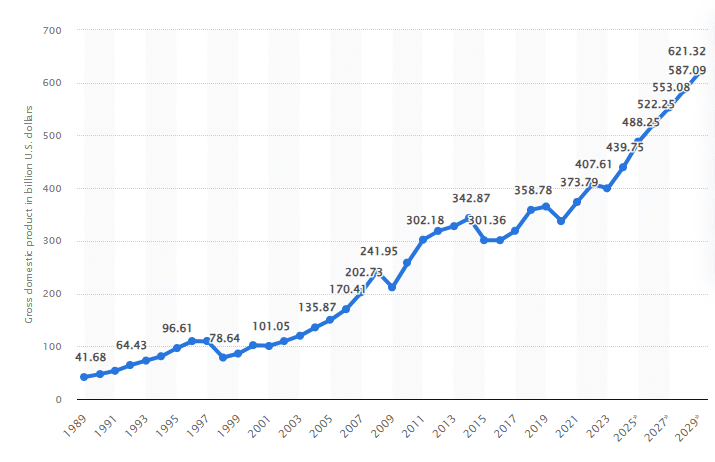
1.8% Inflation Rate in 2024: According to Bank Negara Malaysia
According to Bank Negara Malaysia (Central Bank of Malaysia), inflation remained moderate in the previous year at 1.8%, with an expected increase to between 2% and 3.5% in 2025. Meanwhile, the unemployment rate has dropped to approximately 3.2%, and the fourth quarter of 2024 had the country’s record-high employment rate of 70.6, reflecting new job opportunities in the private sector and emerging industries such as digital services and clean energy.
One driving factor behind these numbers is Malaysia’s ongoing participation in global trade. Electronics exports, which account for a significant portion of the country’s manufacturing output, have experienced renewed demand from major trading partners in the United States and Europe. Another important factor is the government’s fiscal stimulus packages introduced between 2021 and 2023, which aimed to boost public spending and offer tax incentives to attract foreign investment.
Malaysia’s GDP Per Capita Growth
The growth of Malaysia’s economy also translates into real value for its citizens, with the nation’s per capita GDP exceeding USD 14,000 in 2025. This reflects a steady climb from pre-pandemic levels of around USD 11,000 in 2019.
An important note is the post-pandemic recovery trajectory. Since 2020, Malaysia has been focusing on key sectors, including digitalisation, electronics and improved public health systems. This has attracted both foreign direct investment (FDI) and local entrepreneurship. When compared to neighbouring Southeast Asian countries, such as Thailand and Vietnam, Malaysia’s growth pace remains competitive, although each nation leverages different strengths.
The Malaysian Economy and Energy
Energy security has long been a cornerstone of the Malaysian economy. Currently, Malaysia sources a significant portion of its energy from fossil fuels, particularly natural gas and oil, due to its historically substantial reserves and well-established petroleum industry. Natural gas accounts for approximately 35% of the country’s primary energy consumption, while oil accounts for roughly 37%. Coal still accounts for a notable share of the energy mix, although Malaysia has taken steps to reduce its coal dependency in favour of cleaner options.
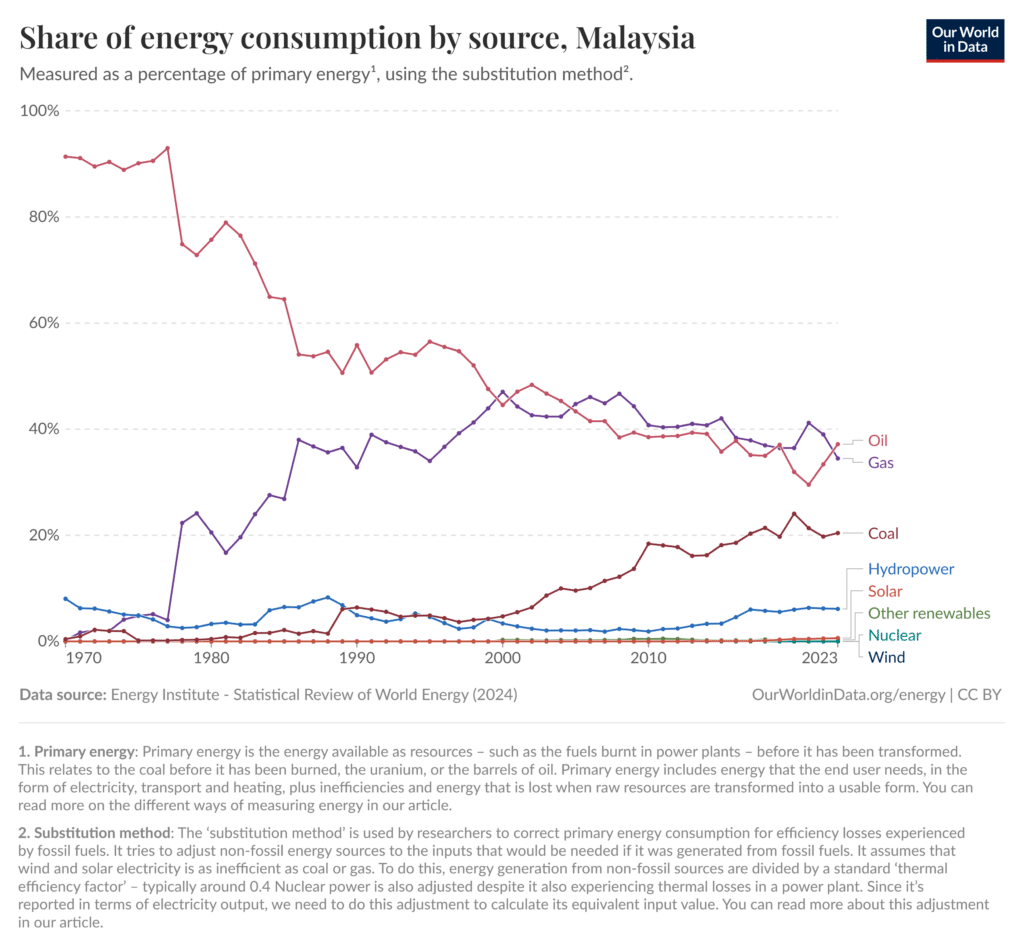
Beyond domestic consumption, oil and natural gas exports significantly contribute to Malaysia’s trade balance. For example, in 2024, exports of liquefied natural gas (LNG) generated USD 13 billion in revenue, underscoring the significant contribution of fossil fuels to national income. Yet, this reliance also presents vulnerabilities, significantly when global energy prices fluctuate.
Transition to Renewables in Malaysia
To hedge against the volatility of fossil fuels and align with its climate goals, Malaysia is increasingly investing in renewable energy. In 2021, the government set progressive targets to achieve a 31% renewable energy capacity by 2025 and reduce its economy-wide carbon intensity by 45% by 2030. Ultimately, the country aims to achieve a 70% renewable energy capacity and a net-zero economy by 2050. To support these goals, the government has released several key long-term policies as well as renewable energy tax credits and incentives.
While solar energy is still in its early stages, the country’s potential is one of the best in Southeast Asia at nearly 337 GW. Biomass and hydropower also present a great opportunity with the potential to add several hundred megawatts of green capacity over the coming decades.
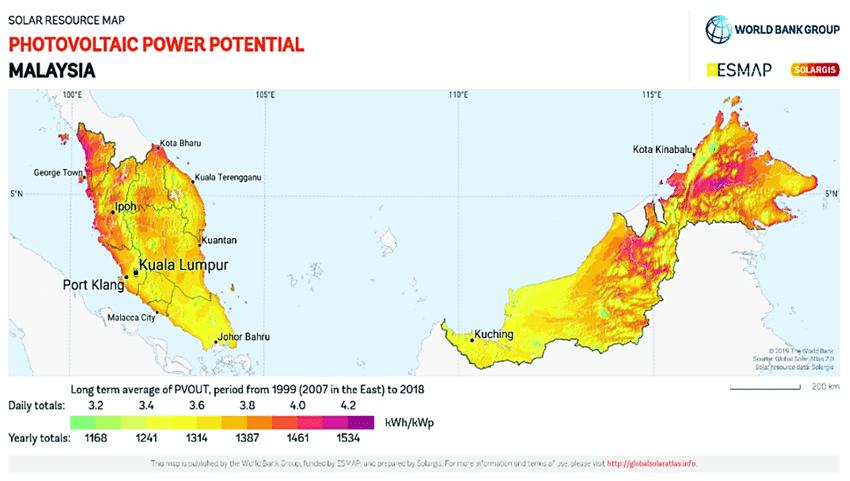
These initiatives bring benefits to Malaysia’s economy and the potential to avoid USD 13 billion in annual energy, climate and health costs by phasing out fossil fuels. Furthermore, the renewable energy sector is projected to create 310,000 new jobs by 2050.
However, the road ahead includes funding challenges and the need for consistent policy frameworks to ensure investor confidence over the long term.
Asia’s Renewable Energy Transition: Broader Economic Impacts
Across Asia, the move toward cleaner energy sources is accelerating rapidly. For example, Southeast Asia added over 5 GW of utility-scale solar and wind capacity in 2023, and PV demand is expected to increase by 70% by 2028. This momentum stems from global pressure to reduce carbon emissions and improve the region’s energy independence.
Economic Ripple Effects
The transition to renewables across Asia not only advances climate objectives but also sparks broad economic transformations. The manufacturing of solar panels, wind turbines and energy-efficient technologies is becoming a lucrative industry, with the Asian Development Bank estimating that it will generate up to USD 100 billion in revenue for the region by 2030. Innovation hubs focused on green technology research are emerging in major cities, which in turn stimulate local economies and foster more specialised workforce skills.
For Malaysia, regional initiatives such as the proposed ASEAN Power Grid, which aims to connect Southeast Asian electricity networks, could open doors to larger cross-border energy trades. By exporting surplus electricity or importing cheaper green power during peak demand, the nation can optimise both economic and environmental outcomes. Moreover, deeper cooperation with energy-rich neighbours can lay the groundwork for shared technology development and job creation.
Malaysia at the Crossroads of Growth and Green Innovation
The solid footing of Malaysia’s economy in 2025, coupled with its forward-looking stance on renewable energy, provides the nation with an opportunity to be a key player in Asia’s low-carbon transformation. Renewable adoption has the potential to reshape not just the nation’s energy landscape but also its socioeconomic trajectory, creating new industries, boosting employment and paving the way for sustainable growth.
by Eric Koons
Eric is a passionate environmental advocate that believes renewable energy is a key piece in meeting the world’s growing energy demands. He received an environmental science degree from the University of California and has worked to promote environmentally and socially sustainable practices since. Eric’s expertise extends across the environmental field, yet he maintains a strong focus on renewable energy. His work has been featured by leading environmental organizations, such as World Resources Institute and Hitachi ABB Power Grids.
Read more